HEDEN GALLERY
THE BEAUTY BEFORE IT BREAKS
INTERVIEW
Q1. Your work, always seem to live between calm and unease. What draws you to that emotional space?
I’m drawn to moments that look peaceful but feel heavy underneath. The constant awareness that something beautiful could suddenly break. Maybe you remember being a kid, watching thunderclouds gather on a summer day, knowing that peaceful feeling would soon turn to fear. It’s about that tension. I think that comes from my own anxiety; I deal with that a lot in my personal life. In a way, my work is just a way of externalizing that tension I carry inside.
⸻
Q2. Much of your work explores masculinity in unconventional ways. Why does that theme matter so much to you?
Growing up I both feared and admired masculinity, and in some way I still do.
My work is how I process that, by showing masculine bodies as fragile, sensitive, emotional. I’m not trying to redefine masculinity, I’m just showing how complex it is, how it can hold fear and beauty at once.
⸻
Q3. You graduated at the Royal Academy of Art, The Hague with your photo book ‘The Boy Who Couldn’t Catch the Ball’. This touches on that same subject. Can you tell us about it?
That feels like a lifetime ago, haha. I grew up in a small town, shaped partly by Polish culture, where ideas of gender and strength can be pretty traditional. In high school we still had separate gym classes, and I had to compete with sixty loud, aggressive boys. I was terrified of it. I was always reminded of what I wasn’t. The Boy Who Couldn’t Catch the Ball came from that memory. It’s about growing up in a world that keeps asking you to perform a version of yourself that doesn’t exist. That project became the foundation for everything I do now; every image is still me trying to make peace with that boy.
⸻
Q4. Your lighting feels very deliberate, sometimes cinematic and clean, sometimes raw and accidental. How do you approach it?
For me, light is emotion. It can be technically perfect or completely unpredictable, but it has to feel true. I use light to reveal something internal, it might simply be daylight, or a perfect studio setup that still feels human. I never want it to decorate. I want it to breathe, to carry tension. Even in my most polished images, I always try to hide a little chaos inside.
⸻
Q5. If someone said, “That looks like a Martijn Mendel photo,” what would that mean?
That they see beauty, but sense something trembling underneath. Maybe they can’t explain it, but they feel it, that quiet unease, that intimacy between control and collapse. If someone recognizes that, then I think they’ve seen me.
Q6. Your work feel less like single moments and more like fragments from a larger universe. Do you see yourself more as a photographer, or something broader?
Photography is just one of the tools I use to build emotion. I’m always thinking in worlds, how the light, movement, styling, even silence fit together to tell one story. I want people to step into the work, not just look at it. That’s why I’ve been always leaning towards creative direction, because what excites me most is shaping the whole world around an idea, from the first reference to the final image. It’s less about taking pictures and more about creating a feeling that lives beyond them.
I’m drawn to moments that look peaceful but feel heavy underneath. The constant awareness that something beautiful could suddenly break. Maybe you remember being a kid, watching thunderclouds gather on a summer day, knowing that peaceful feeling would soon turn to fear. It’s about that tension. I think that comes from my own anxiety; I deal with that a lot in my personal life. In a way, my work is just a way of externalizing that tension I carry inside.
⸻
Q2. Much of your work explores masculinity in unconventional ways. Why does that theme matter so much to you?
Growing up I both feared and admired masculinity, and in some way I still do.
My work is how I process that, by showing masculine bodies as fragile, sensitive, emotional. I’m not trying to redefine masculinity, I’m just showing how complex it is, how it can hold fear and beauty at once.
⸻
Q3. You graduated at the Royal Academy of Art, The Hague with your photo book ‘The Boy Who Couldn’t Catch the Ball’. This touches on that same subject. Can you tell us about it?
That feels like a lifetime ago, haha. I grew up in a small town, shaped partly by Polish culture, where ideas of gender and strength can be pretty traditional. In high school we still had separate gym classes, and I had to compete with sixty loud, aggressive boys. I was terrified of it. I was always reminded of what I wasn’t. The Boy Who Couldn’t Catch the Ball came from that memory. It’s about growing up in a world that keeps asking you to perform a version of yourself that doesn’t exist. That project became the foundation for everything I do now; every image is still me trying to make peace with that boy.
⸻
Q4. Your lighting feels very deliberate, sometimes cinematic and clean, sometimes raw and accidental. How do you approach it?
For me, light is emotion. It can be technically perfect or completely unpredictable, but it has to feel true. I use light to reveal something internal, it might simply be daylight, or a perfect studio setup that still feels human. I never want it to decorate. I want it to breathe, to carry tension. Even in my most polished images, I always try to hide a little chaos inside.
⸻
Q5. If someone said, “That looks like a Martijn Mendel photo,” what would that mean?
That they see beauty, but sense something trembling underneath. Maybe they can’t explain it, but they feel it, that quiet unease, that intimacy between control and collapse. If someone recognizes that, then I think they’ve seen me.
Q6. Your work feel less like single moments and more like fragments from a larger universe. Do you see yourself more as a photographer, or something broader?
Photography is just one of the tools I use to build emotion. I’m always thinking in worlds, how the light, movement, styling, even silence fit together to tell one story. I want people to step into the work, not just look at it. That’s why I’ve been always leaning towards creative direction, because what excites me most is shaping the whole world around an idea, from the first reference to the final image. It’s less about taking pictures and more about creating a feeling that lives beyond them.
martijn mendel
MARTIJN MENDEL
AMSTERDAM
2025


VANDALISMO
CREATIVE DIRECTION + VIDEO/PHOTO
TO BE RELEASED
vandalismo is a visual and emotional exploration of the spaces we create to survive a world in collapse. It’s about the tension between refuge and self-destruction—the warmth we run toward, even when it quietly burns us. Inspired by the idea that comfort can be both healing and harmful, vandalismo reflects on ambition, transformation, and the beautiful, dangerous things we do to feel alive.
shot and directed by MARTIJN MENDEL
based on and part of LUCA-ANDREA TESSARINI 'vandalismo’ for the origen festival cultural.
based on and part of LUCA-ANDREA TESSARINI 'vandalismo’ for the origen festival cultural.
THE FILM
i’m not sure who’s gonna hear me on this one and i don’t know who’d even listen but something in me keeps breaking in the name of feeling safe. we build our shelters —little habits, soft routines, glowing screens, things that make the noise go quiet. we call them comfort. we call them necessary. but maybe we’re just hiding from the fire outside by lighting one inside instead. like moths drawn to that cold blue light. thinking it’s heaven. thinking it’s warmth. but it burns. I think i’ve been flying toward a blue light. expecting peace expecting relief. and maybe I knew all along that it would kill me. but still, I went. we tell ourselves it’s self-care. we tell ourselves it’s survival. but there’s a difference between healing and numbing. between refuge and escape.
somewhere along the way, we stopped noticing the difference.
i wonder if there’s still a moment—just before the wings catch fire—
where the moth sees it. sees the glow for what it really is. and turns back.
god, i hope so. i hope we still can.
somewhere along the way, we stopped noticing the difference.
i wonder if there’s still a moment—just before the wings catch fire—
where the moth sees it. sees the glow for what it really is. and turns back.
god, i hope so. i hope we still can.
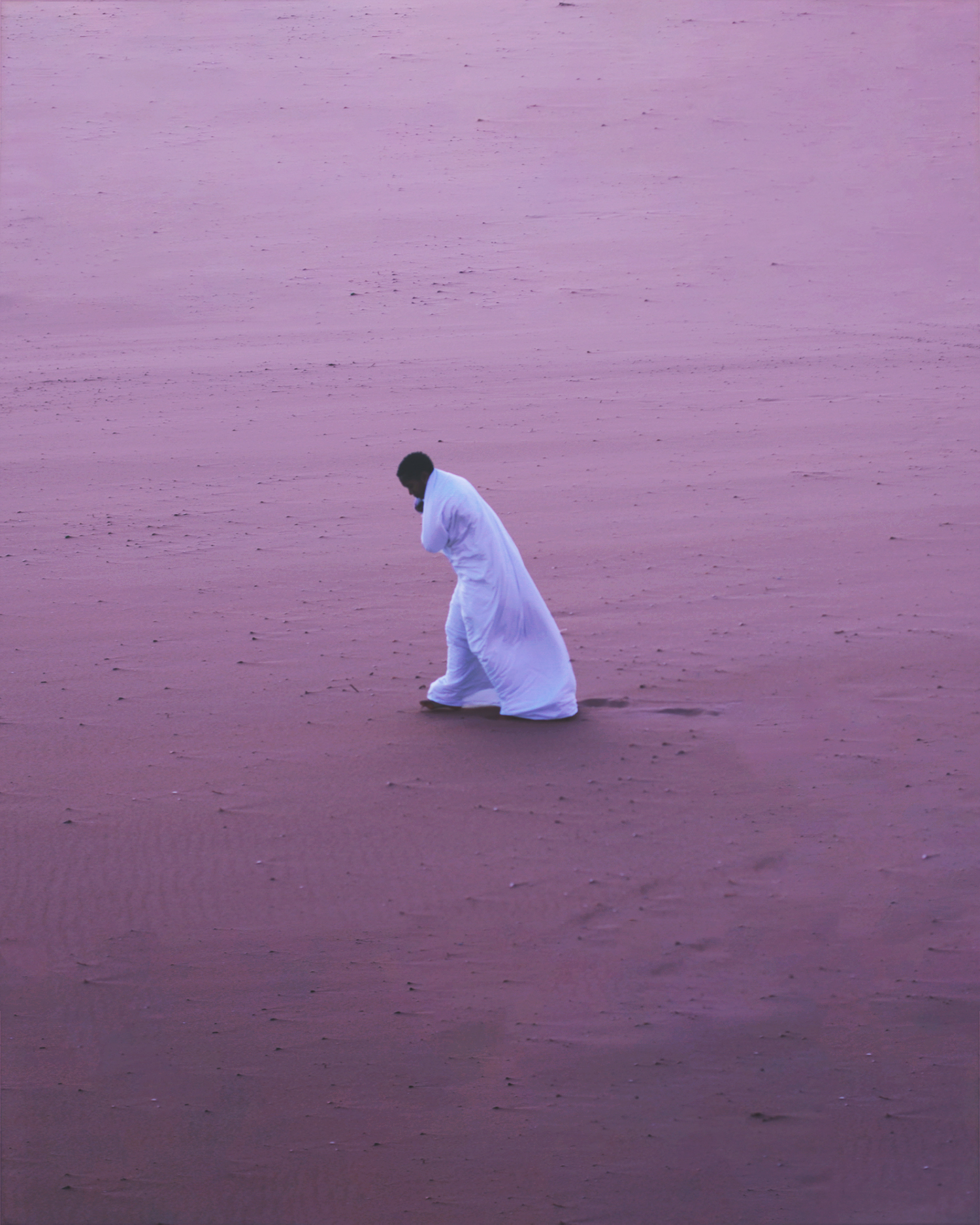



MANIFESTO
CREATIVE DIRECTION + PHOTO/VIDEO
shot and directed by MARTIJN MENDEL
based on and part of LUCA-ANDREA TESSARINI 'manifesto’ for the origen festival cultural.
based on and part of LUCA-ANDREA TESSARINI 'manifesto’ for the origen festival cultural.
manıfesto
it always amazes me as to how long it can take to construct or to create something.
A building…
A life…
And yet all it takes is an instant for it to seem like it’s never existed.
It’s been in my thoughts a lot lately. Because there’s so much conflict going on around us, and all we really get from that are losses… and a sense of hopelessness, really.
I find refuge within the moments I truly feel like I can connect to somebody. Or multiple people for that matter.
With all this constant and never-ending urge for destruction, I feel like we’ll never be able to build fast enough to accommodate all these beautiful people on this planet.
My manifesto would speak of exactly that.
Why destroy things?
Why not just be in the business of building?
A building…
A life…
And yet all it takes is an instant for it to seem like it’s never existed.
It’s been in my thoughts a lot lately. Because there’s so much conflict going on around us, and all we really get from that are losses… and a sense of hopelessness, really.
I find refuge within the moments I truly feel like I can connect to somebody. Or multiple people for that matter.
With all this constant and never-ending urge for destruction, I feel like we’ll never be able to build fast enough to accommodate all these beautiful people on this planet.
My manifesto would speak of exactly that.
Why destroy things?
Why not just be in the business of building?
it always amazes me as to how long it can take to construct or to create something.
A building…
A life…
And yet all it takes is an instant for it to seem like it’s never existed.
It’s been in my thoughts a lot lately. Because there’s so much conflict going on around us, and all we really get from that are losses… and a sense of hopelessness, really.
I find refuge within the moments I truly feel like I can connect to somebody. Or multiple people for that matter.
With all this constant and never-ending urge for destruction, I feel like we’ll never be able to build fast enough to accommodate all these beautiful people on this planet.
My manifesto would speak of exactly that.
Why destroy things?
Why not just be in the business of building?
A building…
A life…
And yet all it takes is an instant for it to seem like it’s never existed.
It’s been in my thoughts a lot lately. Because there’s so much conflict going on around us, and all we really get from that are losses… and a sense of hopelessness, really.
I find refuge within the moments I truly feel like I can connect to somebody. Or multiple people for that matter.
With all this constant and never-ending urge for destruction, I feel like we’ll never be able to build fast enough to accommodate all these beautiful people on this planet.
My manifesto would speak of exactly that.
Why destroy things?
Why not just be in the business of building?
CZNSTUDIOS
CREATIVE DIRECTION

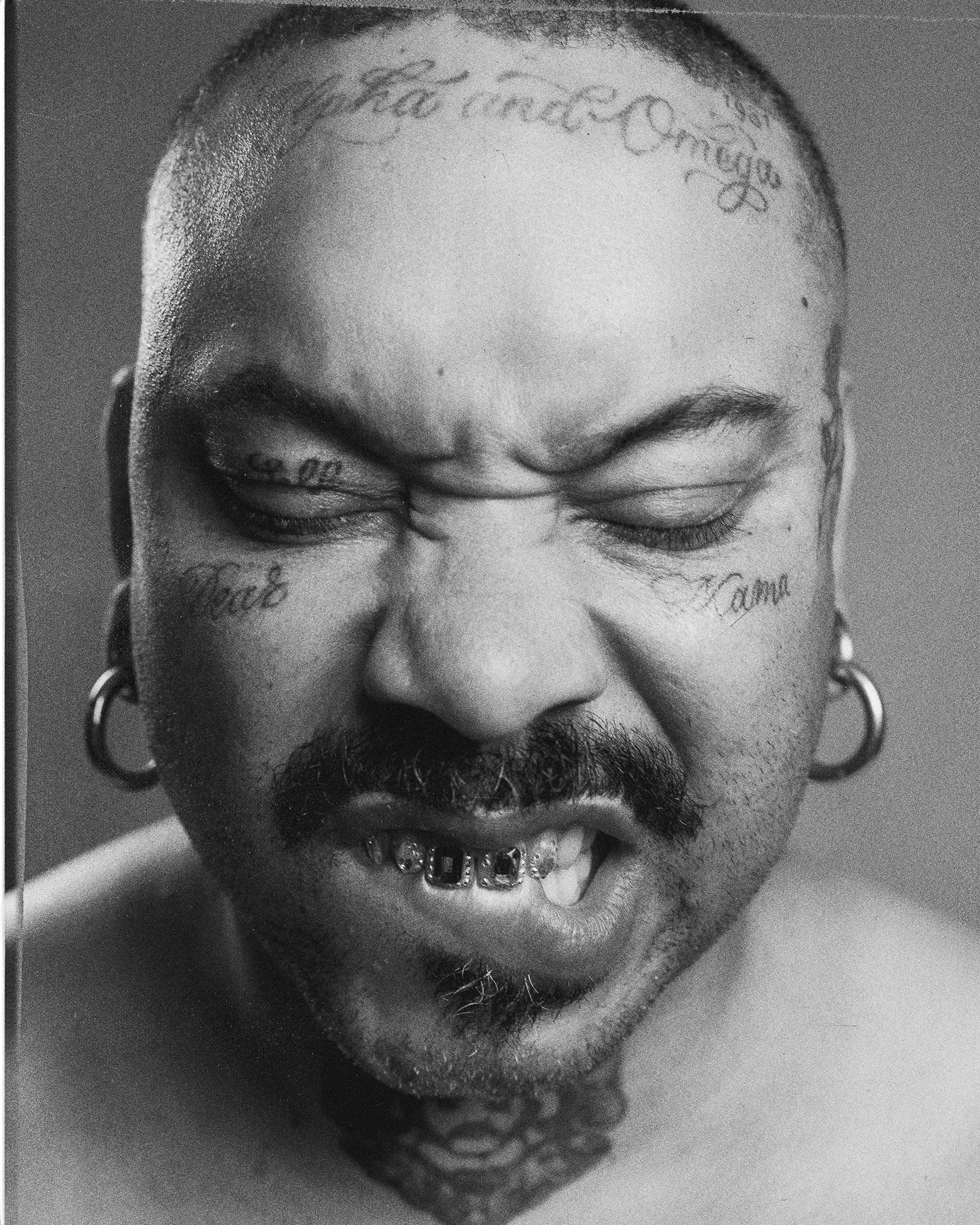
VENOM
STAGE VISUALISER
PHOTO+ VIDEO
based on and part of LUCA-ANDREA TESSARINI 'venom’ for the origen festival cultural.
“VENOM takes on a form of life that only comes together through the participation of a group of people with diverse opinions, passions and attitudes towards life. VENOM is the red thread, not only figuratively but also as a focal point around which the creation is built. On the one hand the red thread is present to form a connection from beginning to end and on the other hand for pure inspiration.”
“VENOM takes on a form of life that only comes together through the participation of a group of people with diverse opinions, passions and attitudes towards life. VENOM is the red thread, not only figuratively but also as a focal point around which the creation is built. On the one hand the red thread is present to form a connection from beginning to end and on the other hand for pure inspiration.”
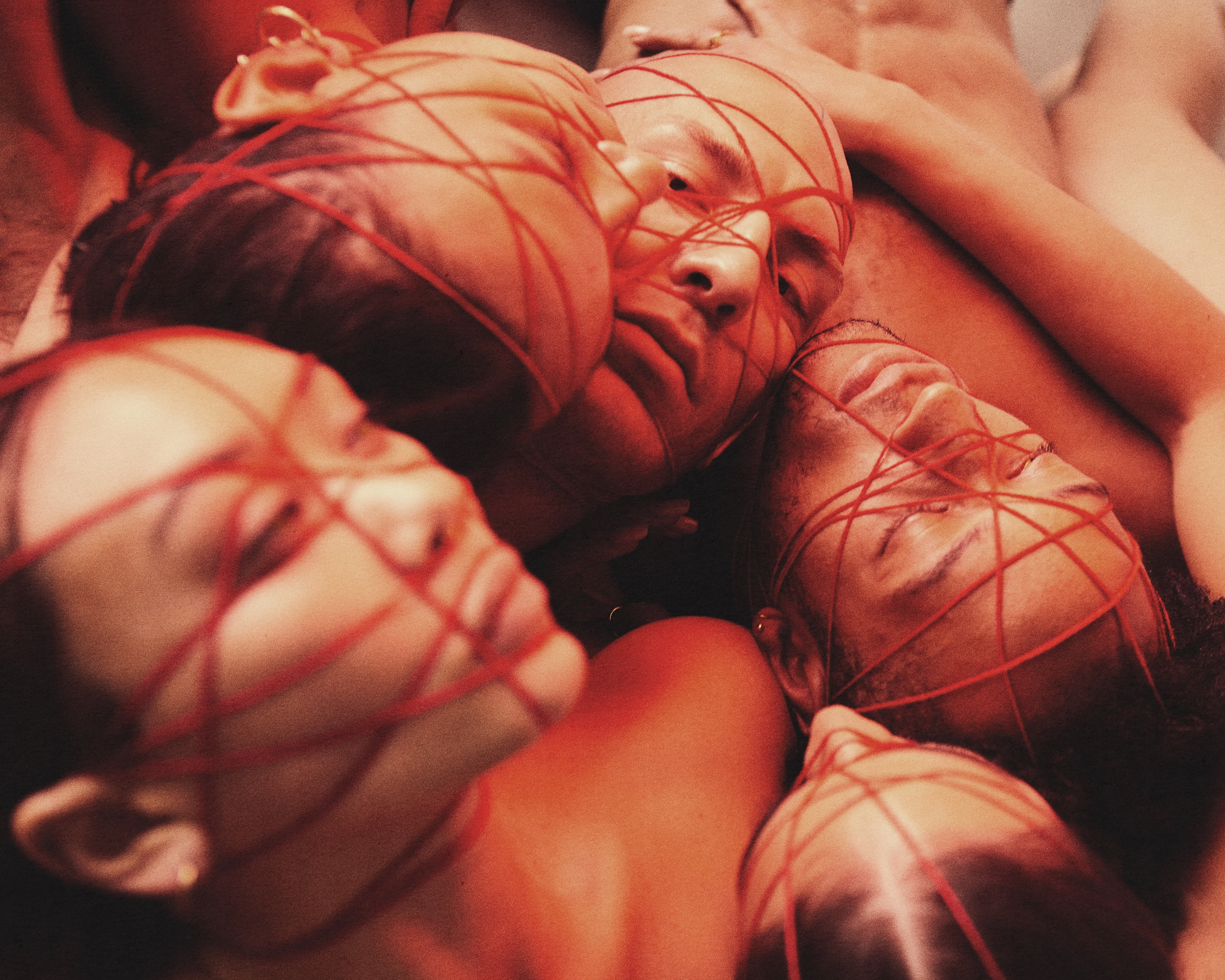


vandalismo is a visual and emotional exploration of the spaces we create to survive a world in collapse. It’s about the tension between refuge and self-destruction—the warmth we run toward, even when it quietly burns us. Inspired by the idea that comfort can be both healing and harmful, vandalismo reflects on ambition, transformation, and the beautiful, dangerous things we do to feel alive.
HOMOHOOLIGAN
'WE ARE LOVE'
FILM
PROJECT
a project by DAVY DE LEPPER
shot and directed by MARTIJN MENDEL
words by TARA VAN VEEN
starring:
Ayrton Fraenk
Edward Lloyd
Eve Fatale (Eve Wientjens)
Jo Joe (Youssef Mahmoud)
Jon-Michael Oliva
Lal Tessarini
Lis Maris
Nicole Ward
Rob Moolenaar
saint daniel
Thiago Bordin
thanks to:
Club Nyx
Rasalila Studio
shot and directed by MARTIJN MENDEL
words by TARA VAN VEEN
starring:
Ayrton Fraenk
Edward Lloyd
Eve Fatale (Eve Wientjens)
Jo Joe (Youssef Mahmoud)
Jon-Michael Oliva
Lal Tessarini
Lis Maris
Nicole Ward
Rob Moolenaar
saint daniel
Thiago Bordin
thanks to:
Club Nyx
Rasalila Studio
Have you seen it?
That radiant smile of yours,
Bringing sparkles in their eyes.
I remember the first time we felt free.
We kissed in the daylight…
Held hands…
And despite the stares, the laughter…
We chose to love.
Unapologetically.
This world tries to quiet us,
but we won’t shrink.
We love boldly and loudly.
On dance floors and on kitchen tables.
We will kiss without fear.
We carve our names in places,
Where the sunlight will…
catch us when we fall.
We will stand taller…
And sometimes life seems messy.
But God, how beautiful it is.
How beautiful we are.
Our bodies…
Our scars and…
And every inch that has been loved.
Doubted…
And reclaimed.
How we move through this world…
Worthy…
Joyful…
Together.
No masks.
Truthfully being who we are
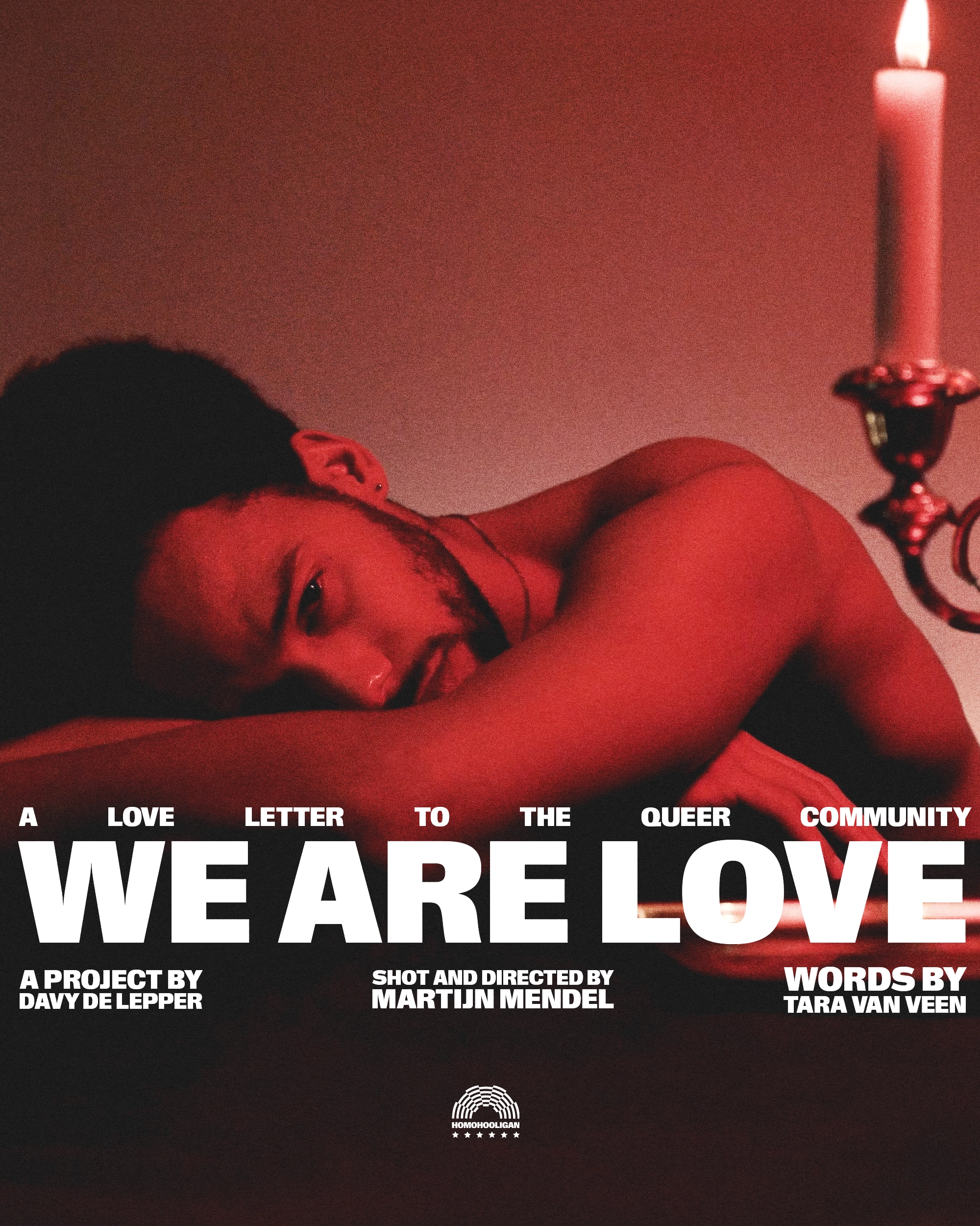
SHOT AND DIRECTED BY MARTIJN MENDEL
based on and part of LUCA-ANDREA TESSARINI'S ‘manifesto’ for the origen festival cultural
based on and part of LUCA-ANDREA TESSARINI'S ‘manifesto’ for the origen festival cultural
i’m so grateful to everyone involved making it possible for us to create something so vulnerable and personal. - "if i were to write a manifesto, it would speak of the trust in the connection to the people i surround myself with. my refuge, here it comes..”

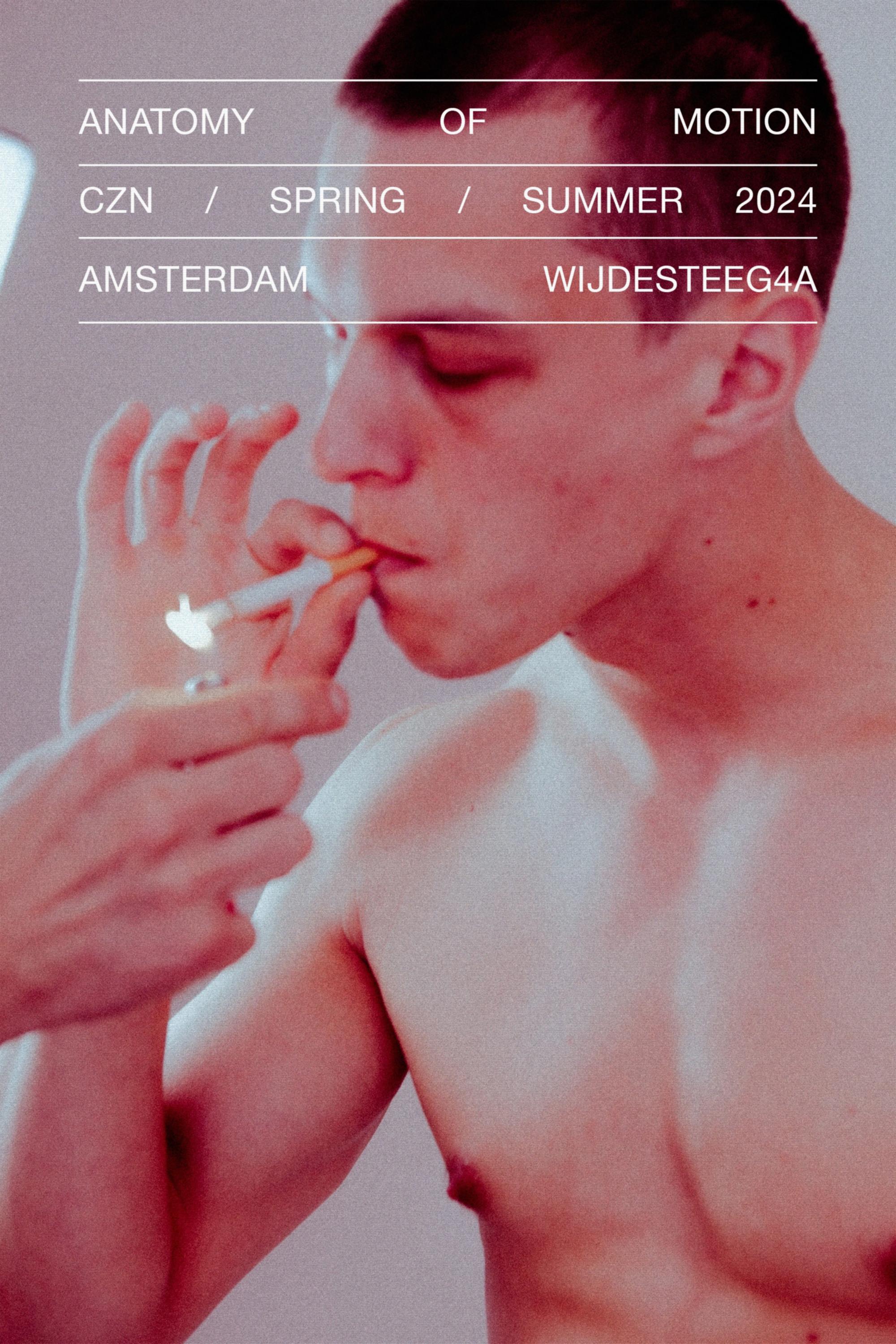
CZNSTUDIOS
STAGE VISUALISER
PHOTO+ VIDEO
“VENOM takes on a form of life that only comes together through the participation of a group of people with diverse opinions, passions and attitudes towards life. VENOM is the red thread, not only figuratively but also as a focal point around which the creation is built. On the one hand the red thread is present to form a connection from beginning to end and on the other hand for pure inspiration.”
For the A/W Campaign marking the launch of a new salon, we reimagined the very first CZNSTUDIOS Campaign image. We brought real cacti into the studio and used AI to reshape them into bold, abstract forms that resembled the haircuts we created alongside them. It demonstrates that AI isn’t a replacement for artists but a tool that can collaborate with and expand their creative possibilities.
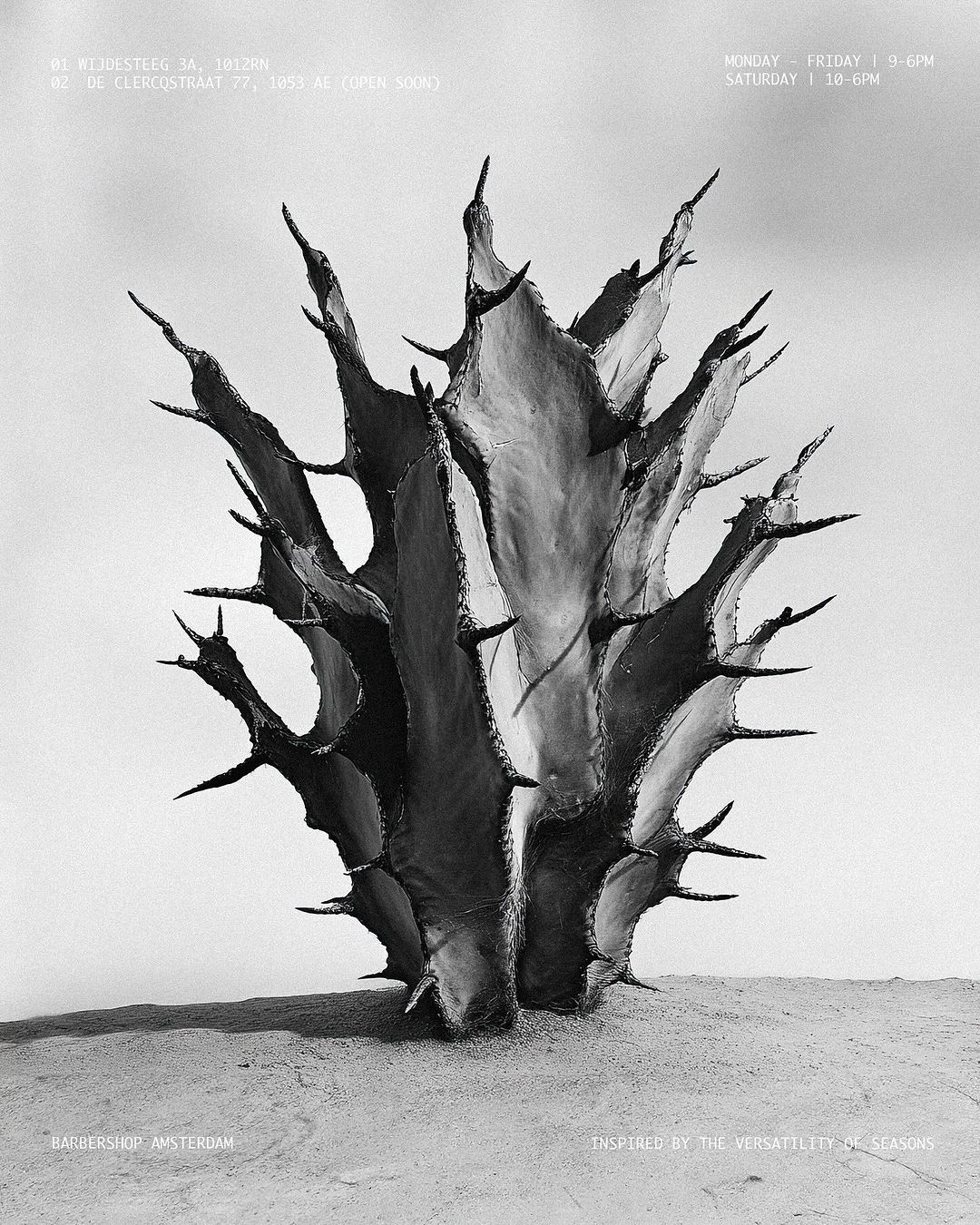
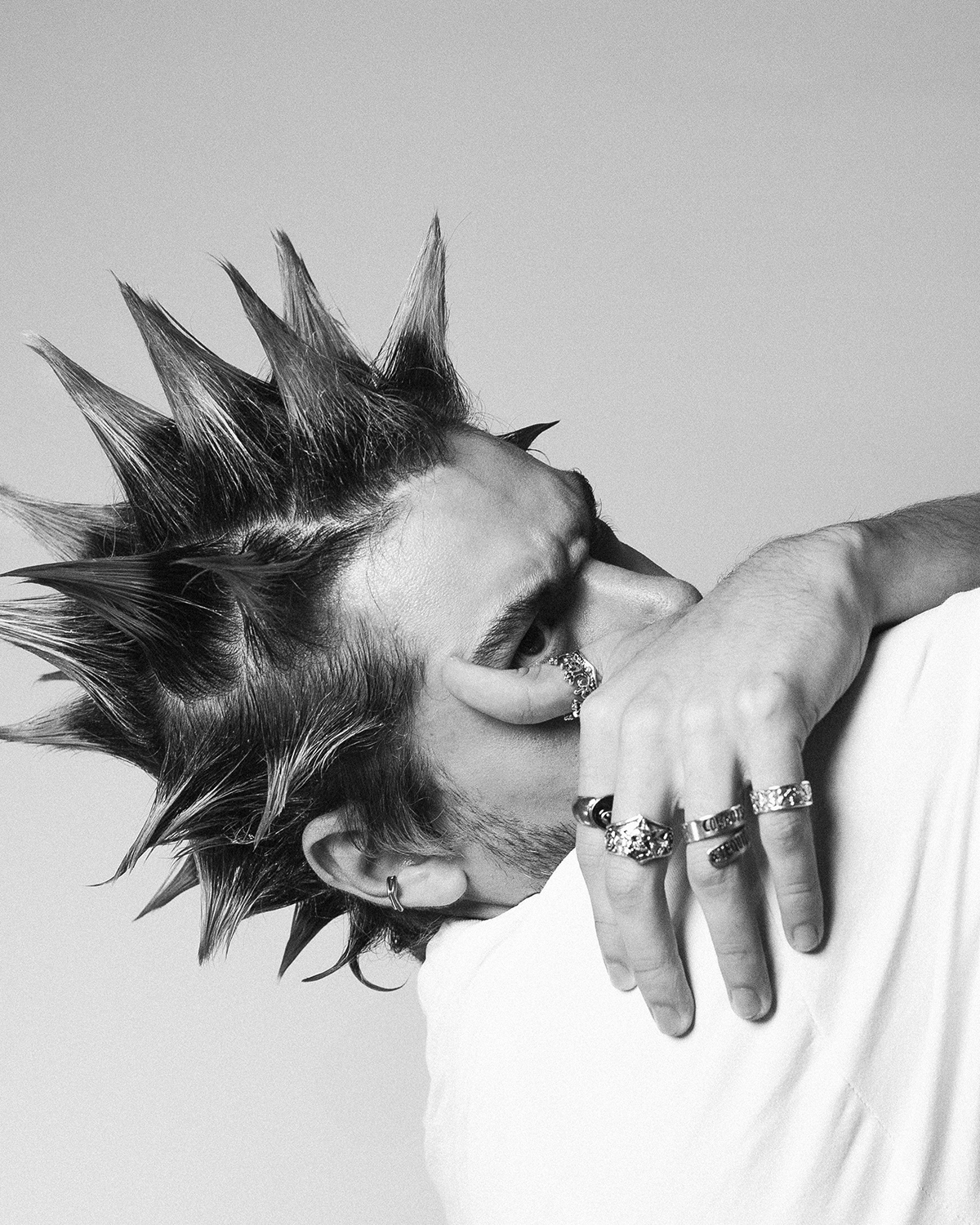
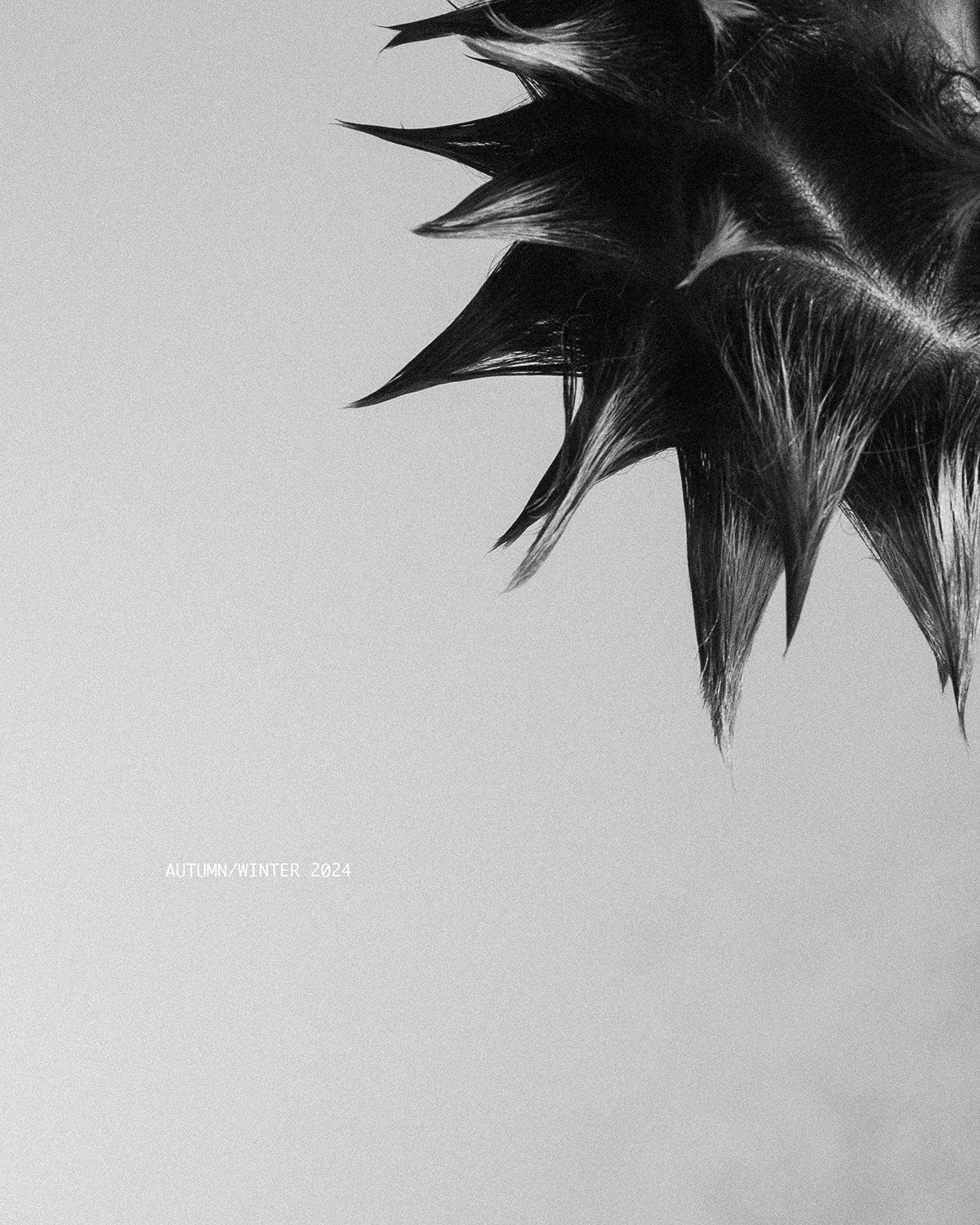
CZNSTUDIOS
CAMPAIGN
PHOTO+ VIDEO
CZNSTUDIOS
AW 2024
CAMPAIGN
CAMPAIGN
VIDEO
SHOT AND DIRECTED BY MARTIJN MENDEL. CINEMATOGRPAPHY BY GERMÁN-MARTÍNEZ. 1ST AC ANGELUS. GAFFERS THEO AMMANN - AUGUSTÍN BRUZZESE. VIDEO TECHNICIAN OLE VALENTIN SCHWARTZ. PHOTOGRAPHY YORAN VAN ROSSUM. EDITING GERMÁN-MARTÍNEZ - MARTIJN MENDEL. COLOR GRADE GERMÁN-MARTÍNEZ. MUSIC LYNY & FLYBASS
editorial.
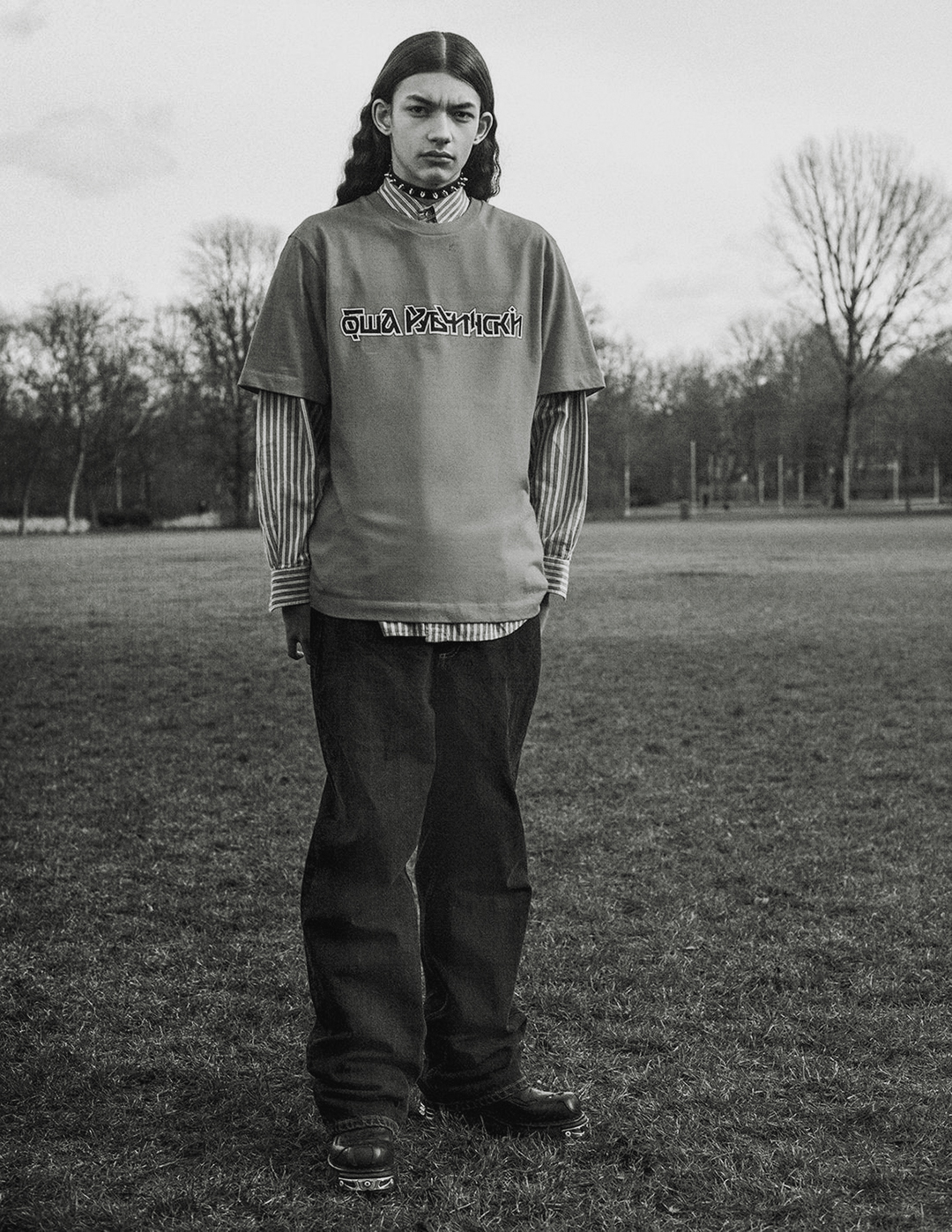

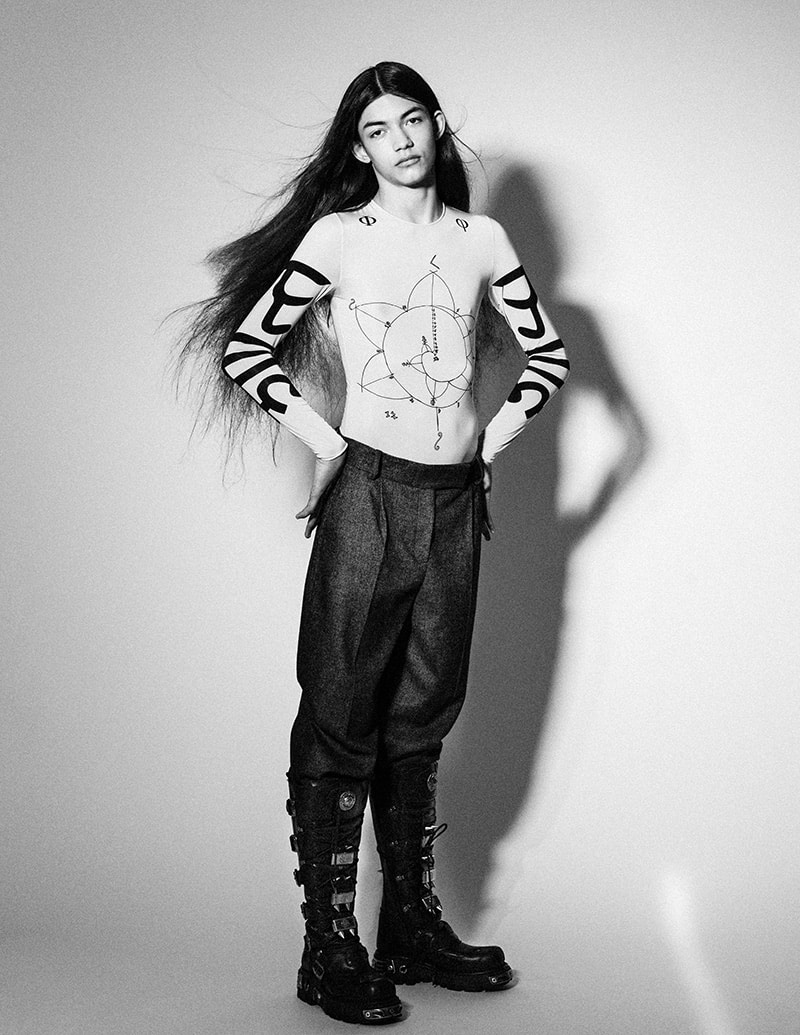

FUCKING YOUNG! MAGAZINE
Matthew and Matthijs at Known Model Management shot by Martijn Mendel, HAIR AND MAKE-UP BY BASTIEN ZORZETTO and styled by Joa Hitpass with pieces from MM6 Maison Margiela, Weekday, Stussy, New Rock, Schueller de Waal, Gosha Rubchinskiy, Burberry and more in exclusive for Fucking Young! .
Matthew and Matthijs at Known Model Management shot by Martijn Mendel, HAIR AND MAKE-UP BY BASTIEN ZORZETTO and styled by Joa Hitpass with pieces from MM6 Maison Margiela, Weekday, Stussy, New Rock, Schueller de Waal, Gosha Rubchinskiy, Burberry and more in exclusive for Fucking Young! .

"it is within the sun
and throughout the rain
in light
and out of the dark
that i’ll look for signs
for all there is
for me to find
is not in you
but in us."
and throughout the rain
in light
and out of the dark
that i’ll look for signs
for all there is
for me to find
is not in you
but in us."


“60 minutes of poetry personified. 60 minutes that wait only for me.”


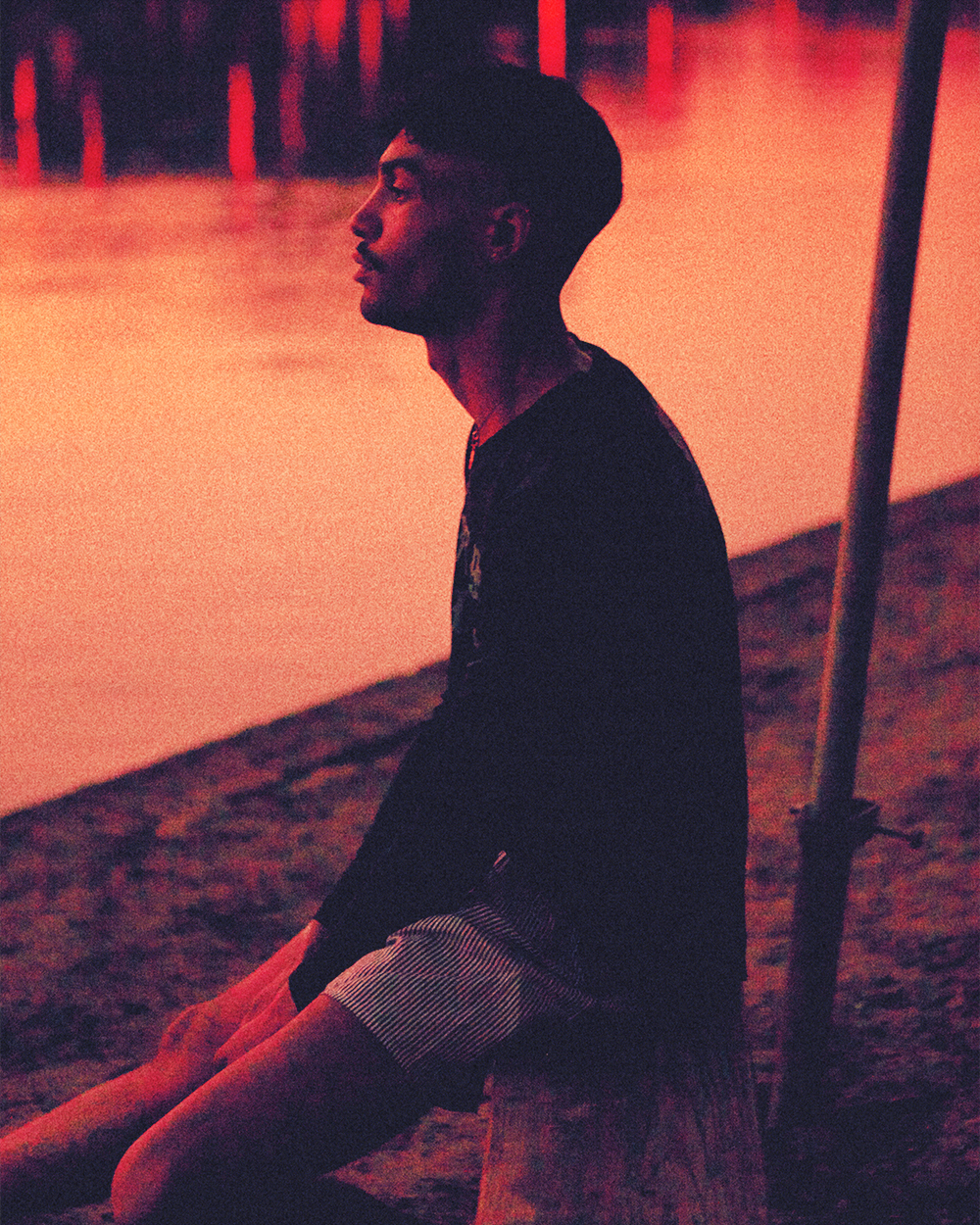


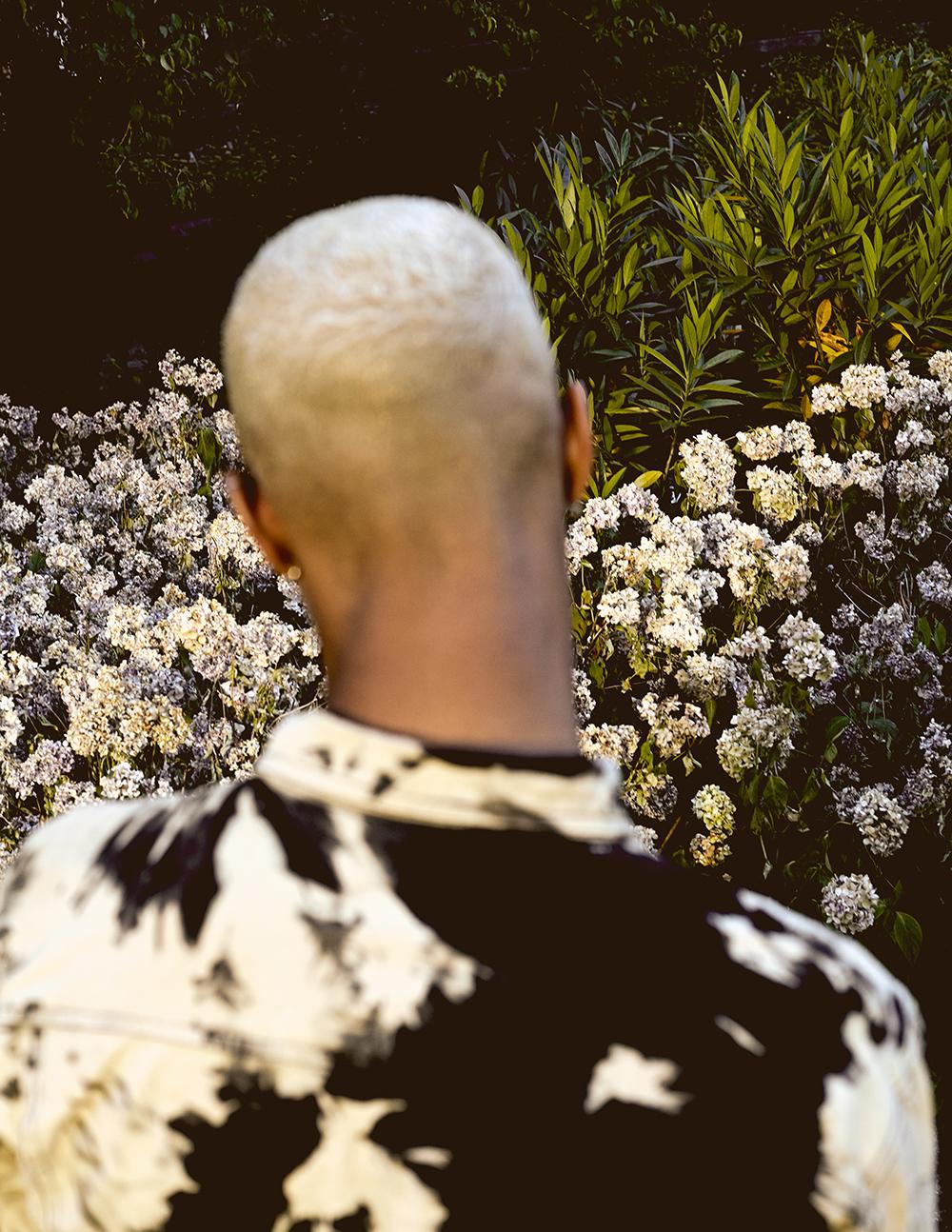
CRAIG for CZNSTUDIOS
Shot by MARTIJN MENDEL
Shot by MARTIJN MENDEL
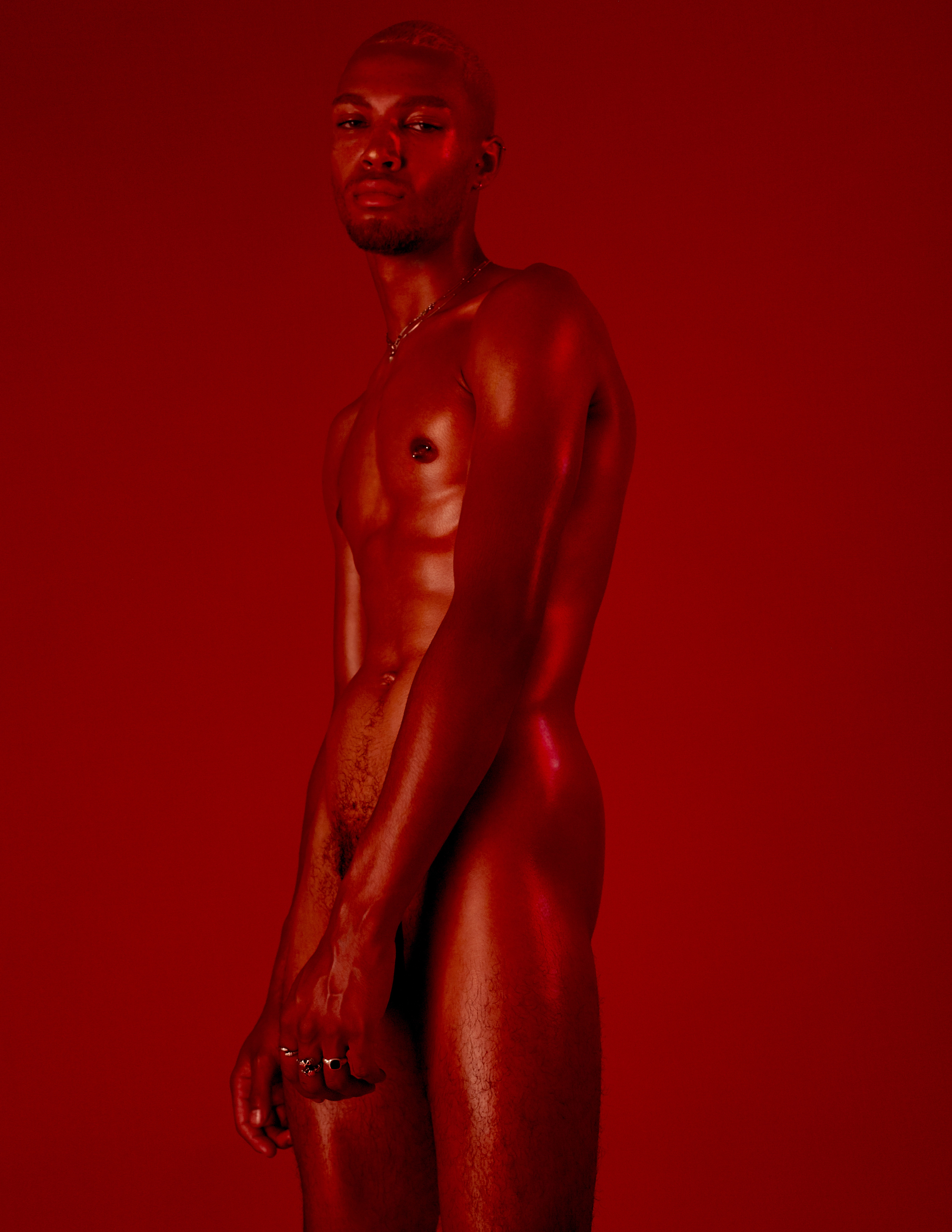
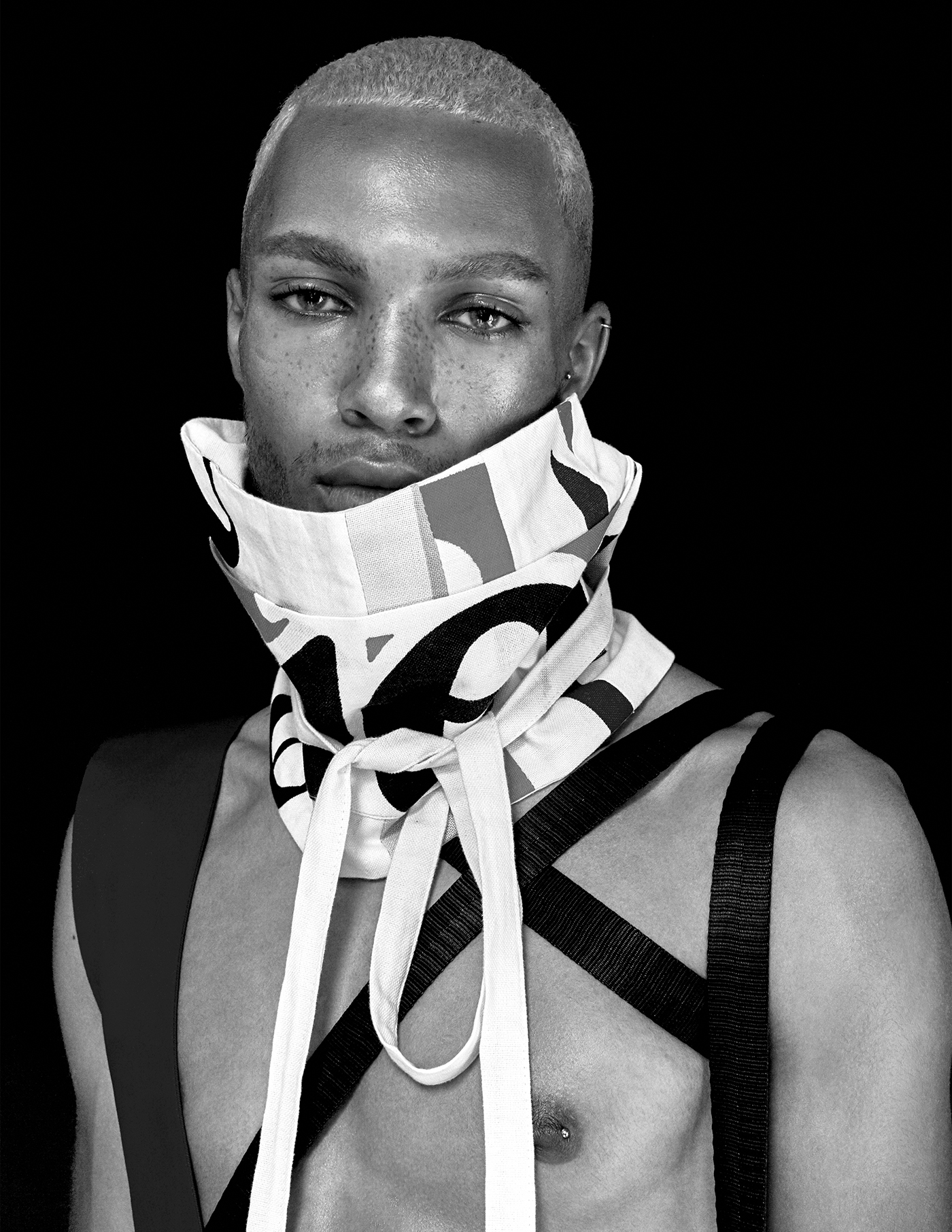

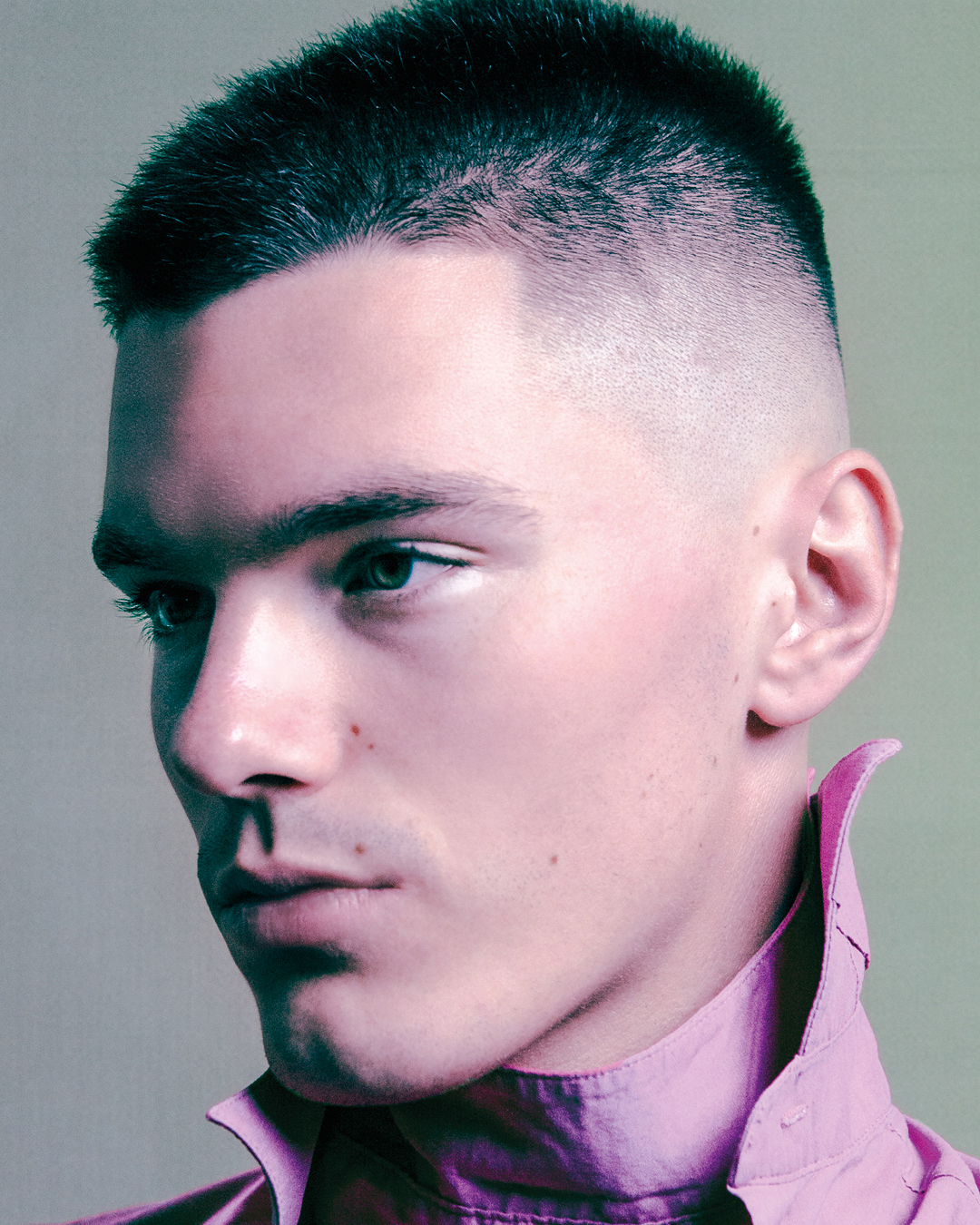

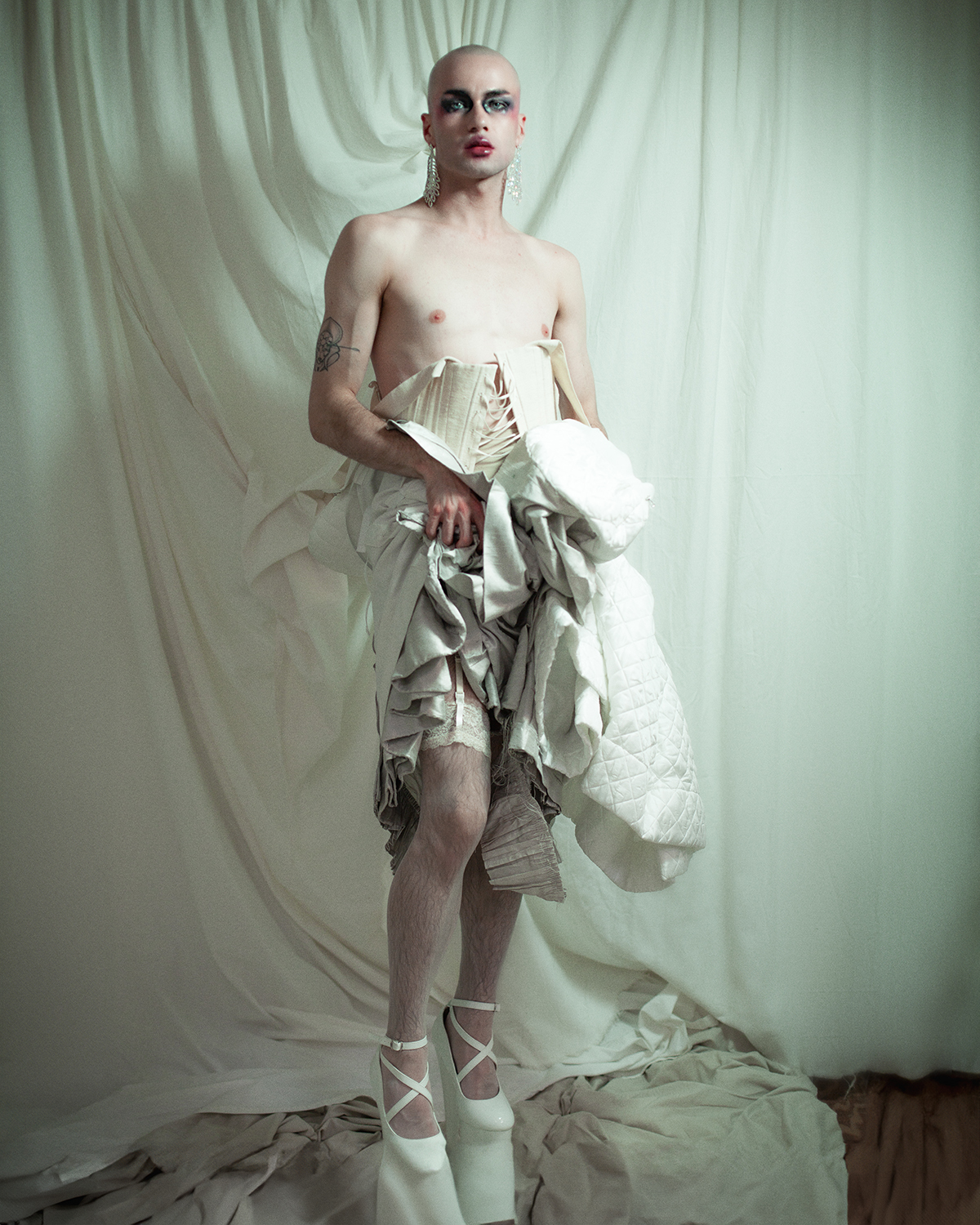
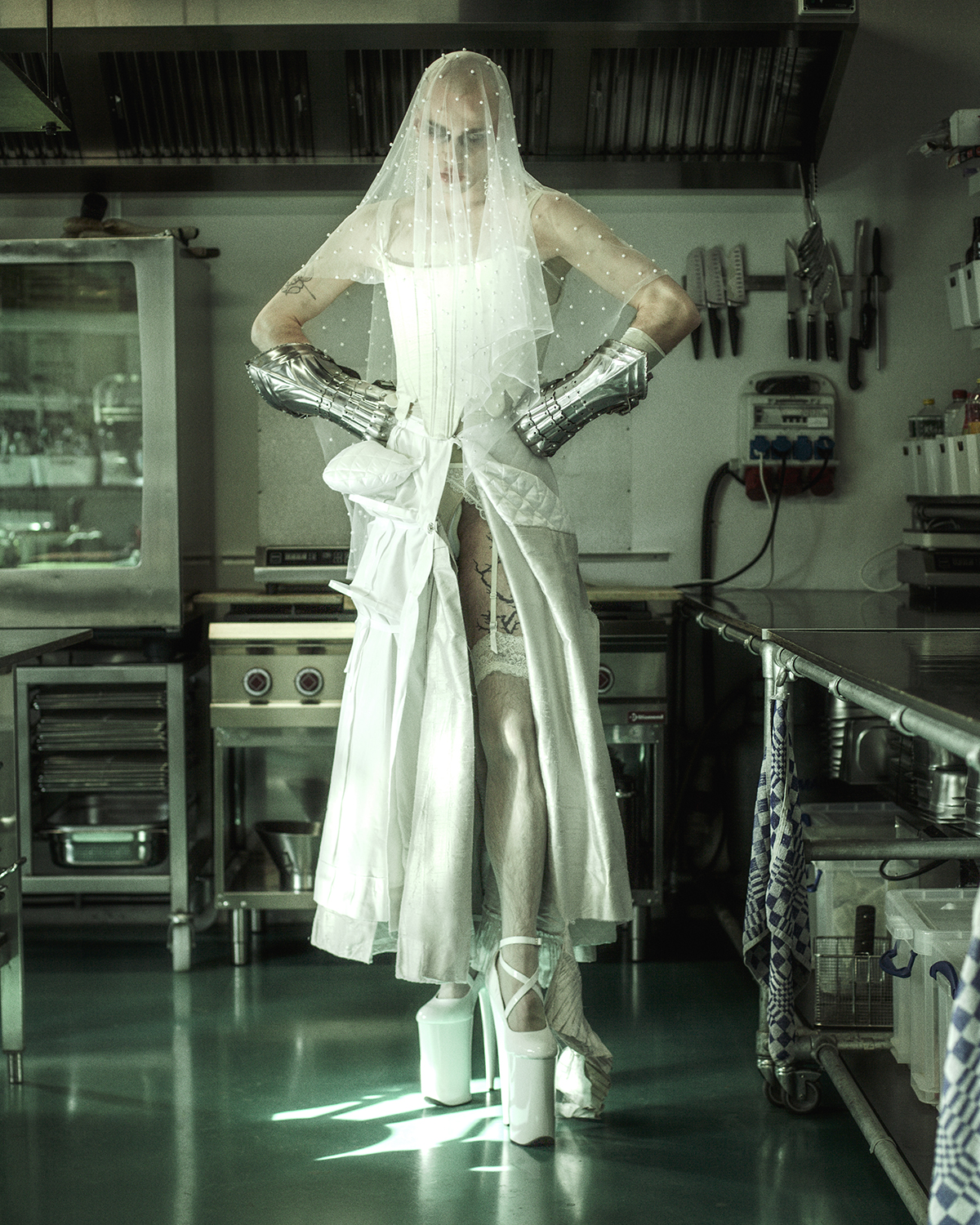
Have you seen it?
That radiant smile of yours,
Bringing sparkles in their eyes.
I remember the first time we felt free.
We kissed in the daylight…
Held hands…
And despite the stares, the laughter…
We chose to love.
Unapologetically.
This world tries to quiet us,
but we won’t shrink.
We love boldly and loudly.
On dance floors and on kitchen tables.
We will kiss without fear.
We carve our names in places,
Where the sunlight will…
catch us when we fall.
We will stand taller…
And sometimes life seems messy.
But God, how beautiful it is.
How beautiful we are.
Our bodies…
Our scars and…
And every inch that has been loved.
Doubted…
And reclaimed.
How we move through this world…
Worthy…
Joyful…
Together.
No masks.
Truthfully being who we are.
That radiant smile of yours,
Bringing sparkles in their eyes.
I remember the first time we felt free.
We kissed in the daylight…
Held hands…
And despite the stares, the laughter…
We chose to love.
Unapologetically.
This world tries to quiet us,
but we won’t shrink.
We love boldly and loudly.
On dance floors and on kitchen tables.
We will kiss without fear.
We carve our names in places,
Where the sunlight will…
catch us when we fall.
We will stand taller…
And sometimes life seems messy.
But God, how beautiful it is.
How beautiful we are.
Our bodies…
Our scars and…
And every inch that has been loved.
Doubted…
And reclaimed.
How we move through this world…
Worthy…
Joyful…
Together.
No masks.
Truthfully being who we are.

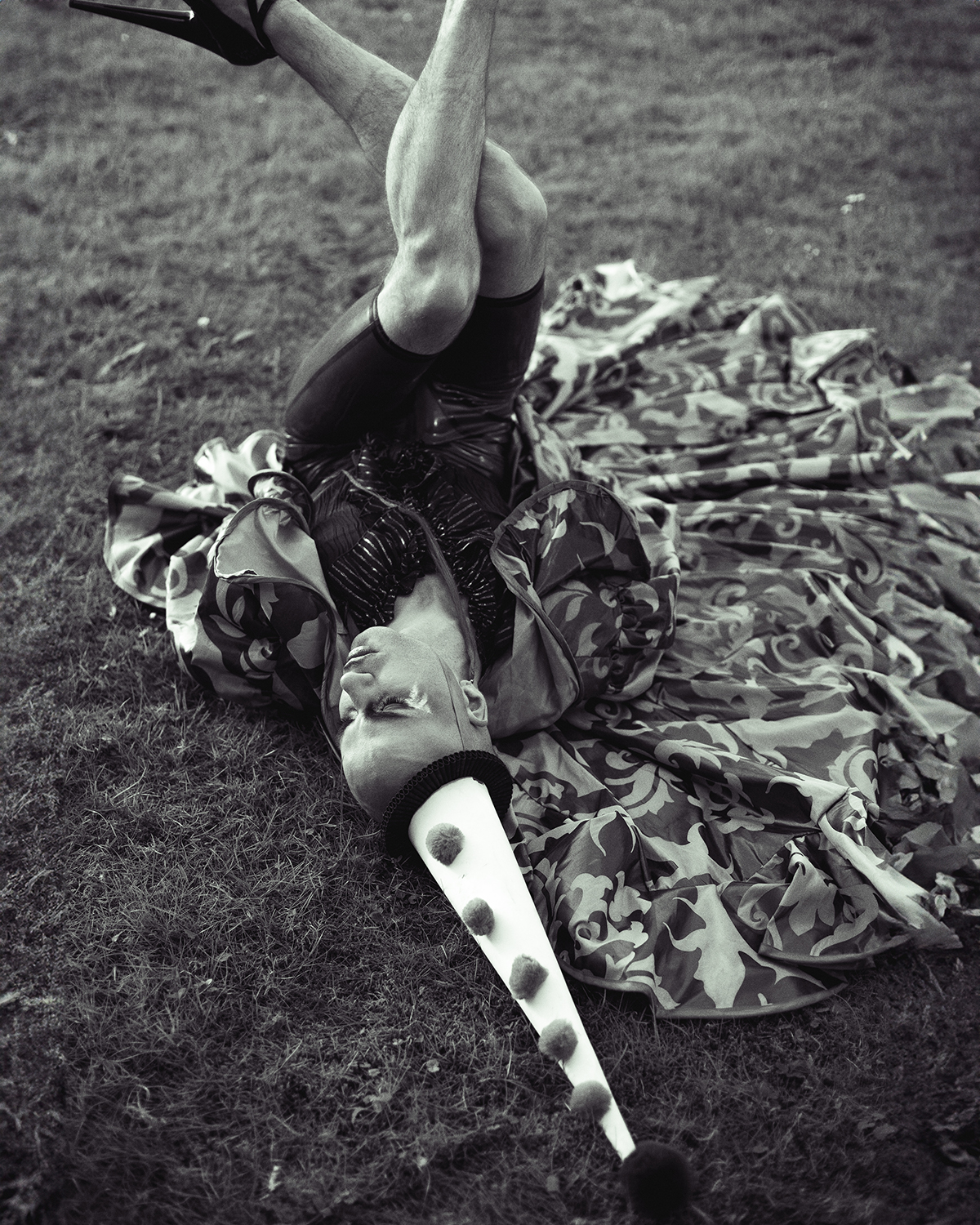

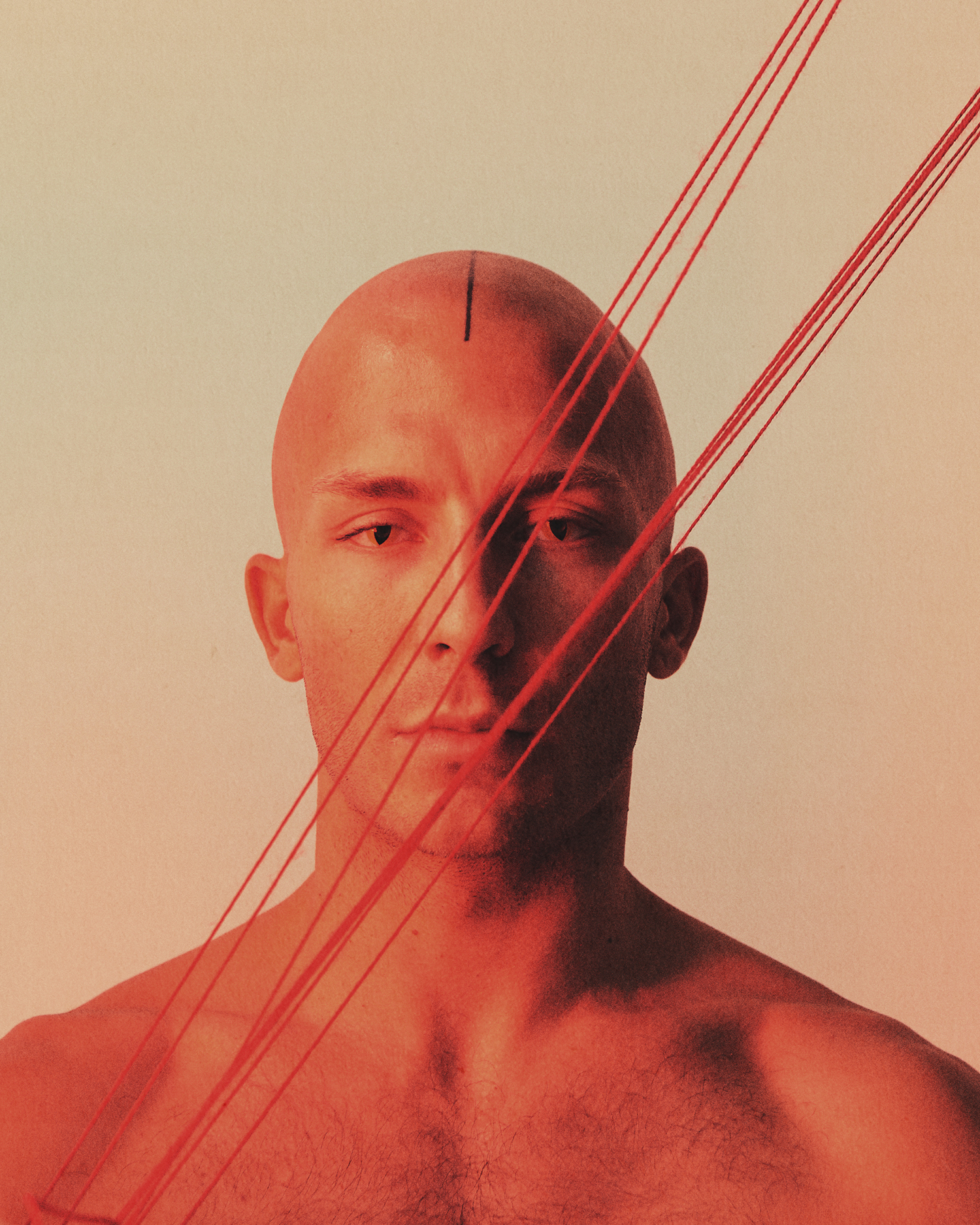





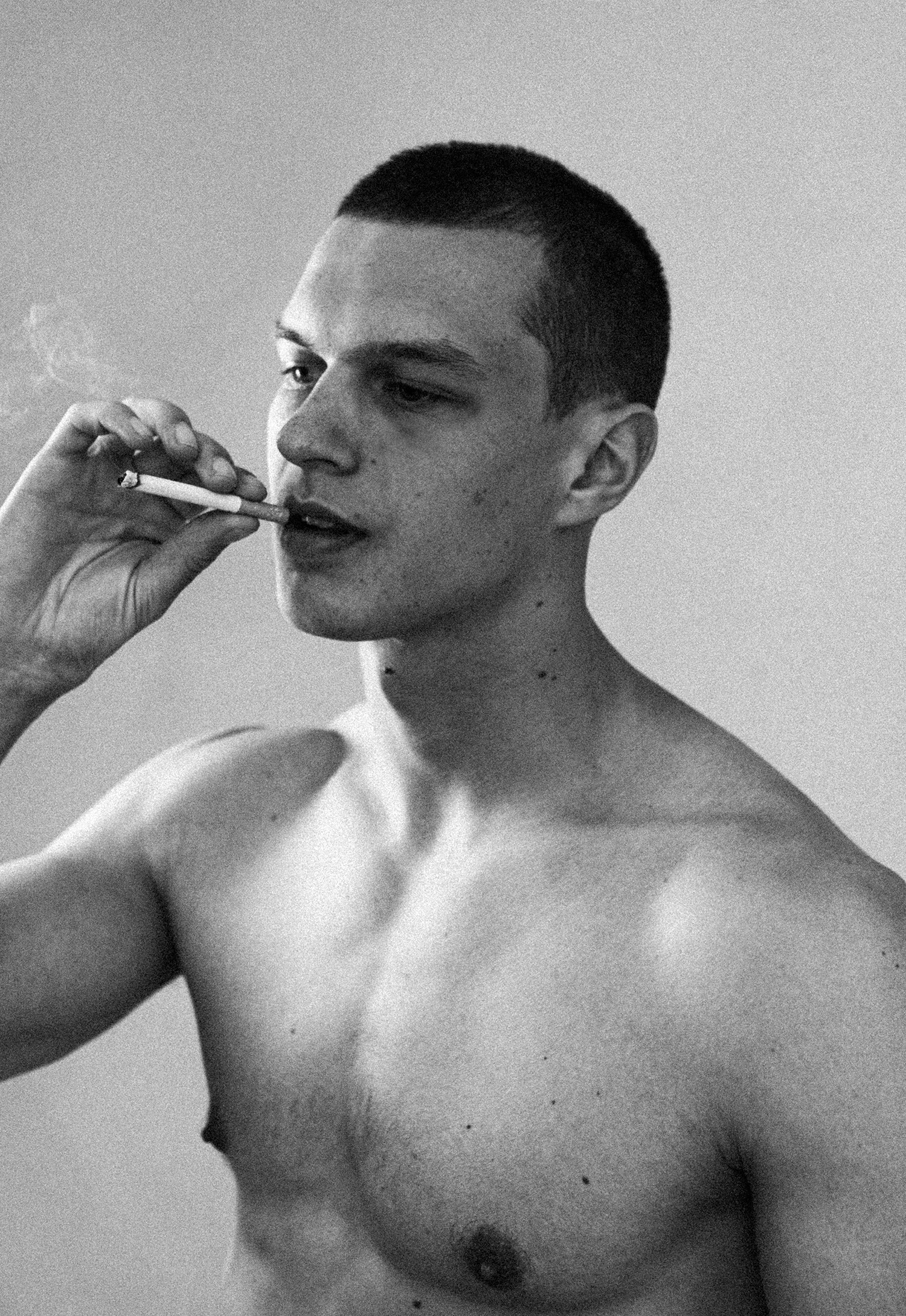

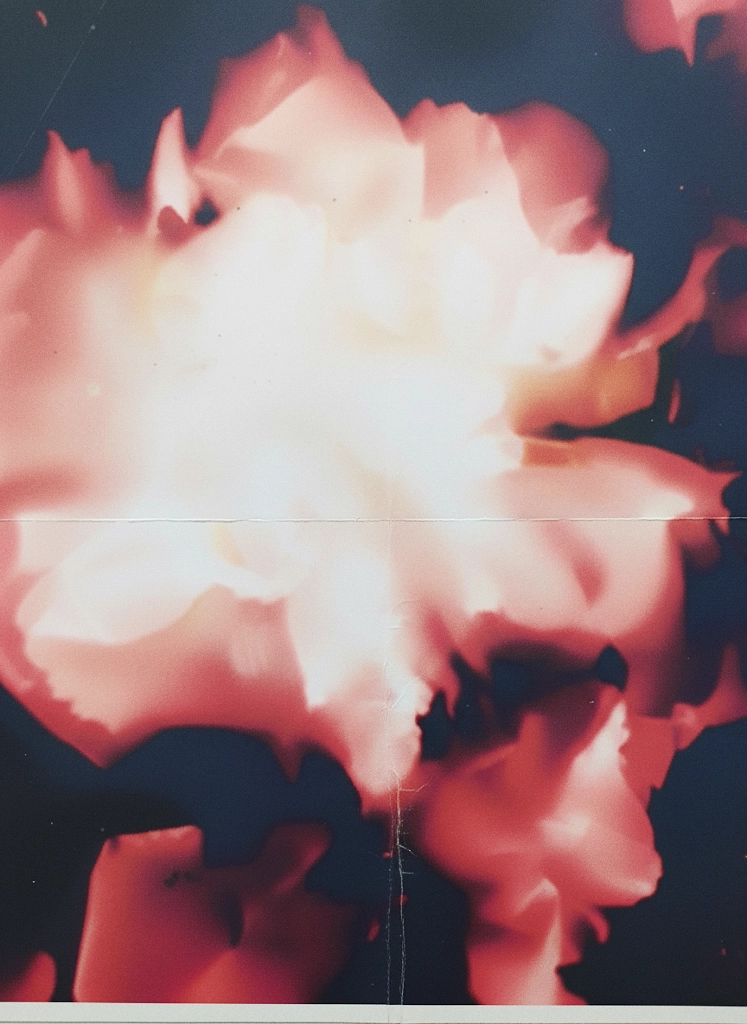
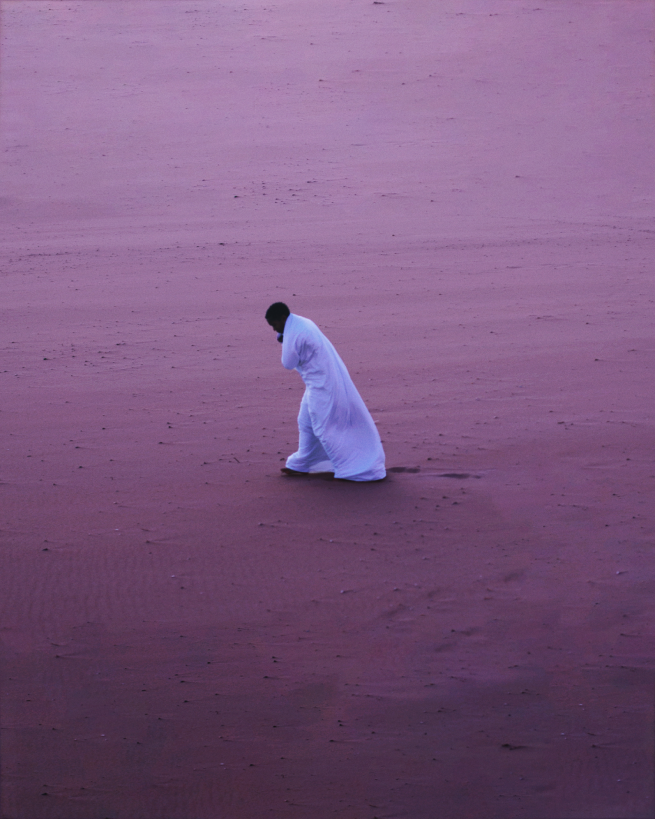
%20premiere%20tonight.jpg)